The past is alive and well among us. It lives in the different forms of remembering we give it – from public monuments to anniversary celebrations. In this piece, Cambridge archaeologist and heritage researcher Marie Louise Stig Sørensen questions our approach to memorialization over the centuries, revealing how the ways we remember the past are never neutral, but actually reflective of the present’s priorities, structures, and power systems. She argues in favor of moving towards a structure of memorializing that privileges reflection on past events rather than the taking of strong positions.
Various forms of public memorialization have become ubiquitous, a taken-for-granted, unreflected part of our cultural toolkit and habitus. They have become overwhelmingly naturalized. They inhabit our spaces and dot our calendars. They create expectations, lead to comparisons, ignite competition, and at times can even prolong conflict. They can be banal, subsumed into the everydayness of cityscapes, but they can also be persuasive, insistent reminders of past deeds, conflicts, and grievances. Memorials to war and conflict are particularly common and also particularly challenging. Should they come with a health warning (Memorials can seriously damage your health)? Although memorization is neither a “natural” phenomenon (why should remembering be more natural than forgetting?) nor a necessary practice, we seem to have difficulties weaning ourselves from the apparent urge to memorialize. This piece reflects on that urge and argues that over the course of our history our practices of remembering have fed larger and shifting political narratives. Thus there is no single or natural way of memorializing. In turn, this awareness should lead us to fruitfully situate and interrogate current practices, which I describe below.
Not being in praise of public (and thus official) memorials – the calendar of recurrent memorialization events, the calls for new memorials to forgotten or neglected voices, the laying claims on memorials for conflicts still ongoing, and so on – feels almost un-civilized. Through memorials and memorialization, we feel not merely the weight of the past but are also cast into certain roles. We are expected to accept the – depending on one's perspective, affirmative or stultifying – effects of these cultural practices. They represent civic duty and a performance of humanism (as we act out feelings and display our connections). Participating is a tactile performance of societal membership. But, aside from these ennobling feelings, memorials and memorializations enable the past to cast long shadows over the present (and future). That is why we need to be wary of them. The longer I have studied memorials, the more I have become troubled about what they do to/for us. To understand the hold they have and how they influence us, it is useful to be aware of their history and the expectations and values that saturate them.
So let us backtrack a bit and outline how memorials (and memorialization) as a cultural practice have their own specific history and allocated roles and reasons. This could be a starting point for reflecting on whether we really want to continue the current trajectory for memorialization, and whether these roles are ones we still want to embrace, and what the alternatives might be.
The emergence of memorialization
It is well known that memorials, as we now know them, developed with the rise of the nation-state and the modern empires of the 18-20th centuries, and the resulting changes to the relations between the nation and its people (its citizens). Several shifts can be traced during the earlier part of this history, with central tropes being established and the raison d'être for memorials sedimented within public consciousness.







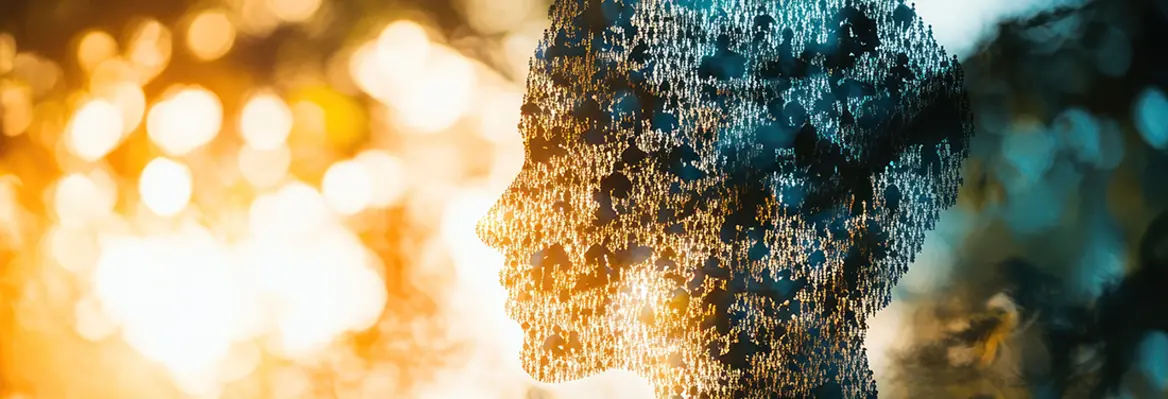




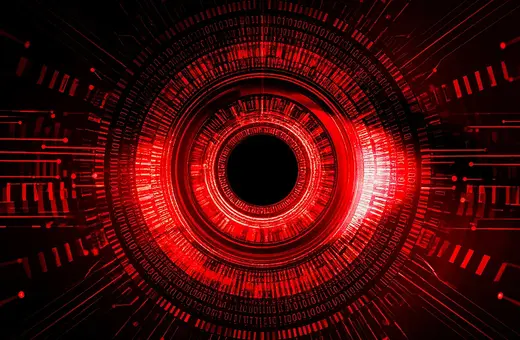

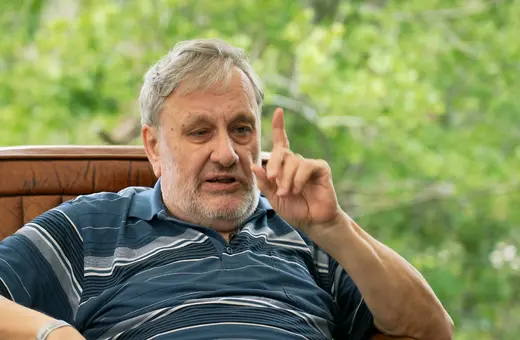
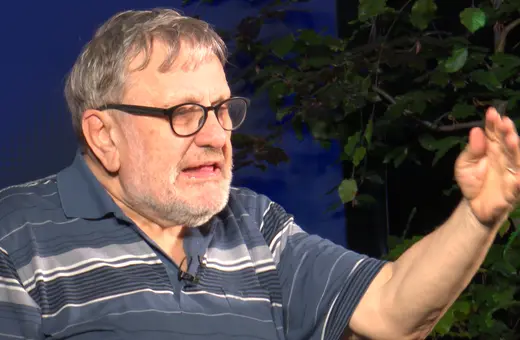


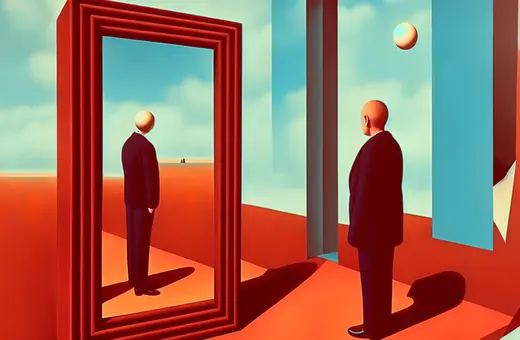
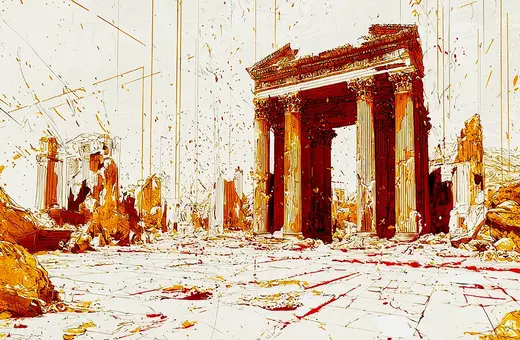
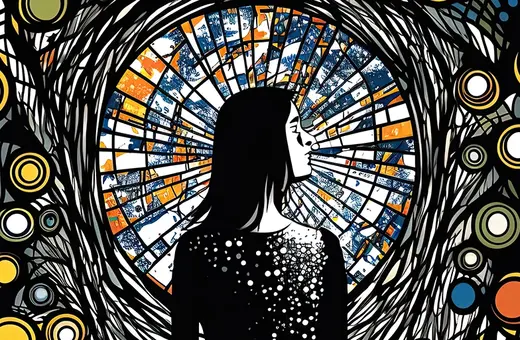
Join the conversation